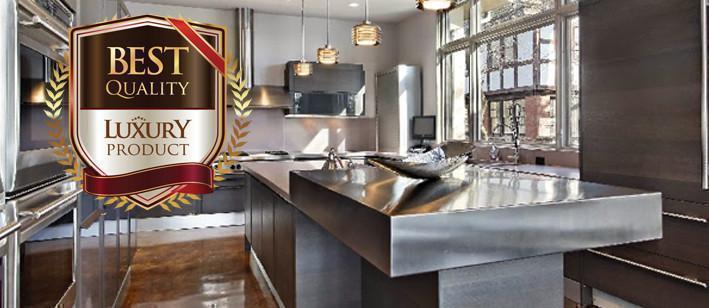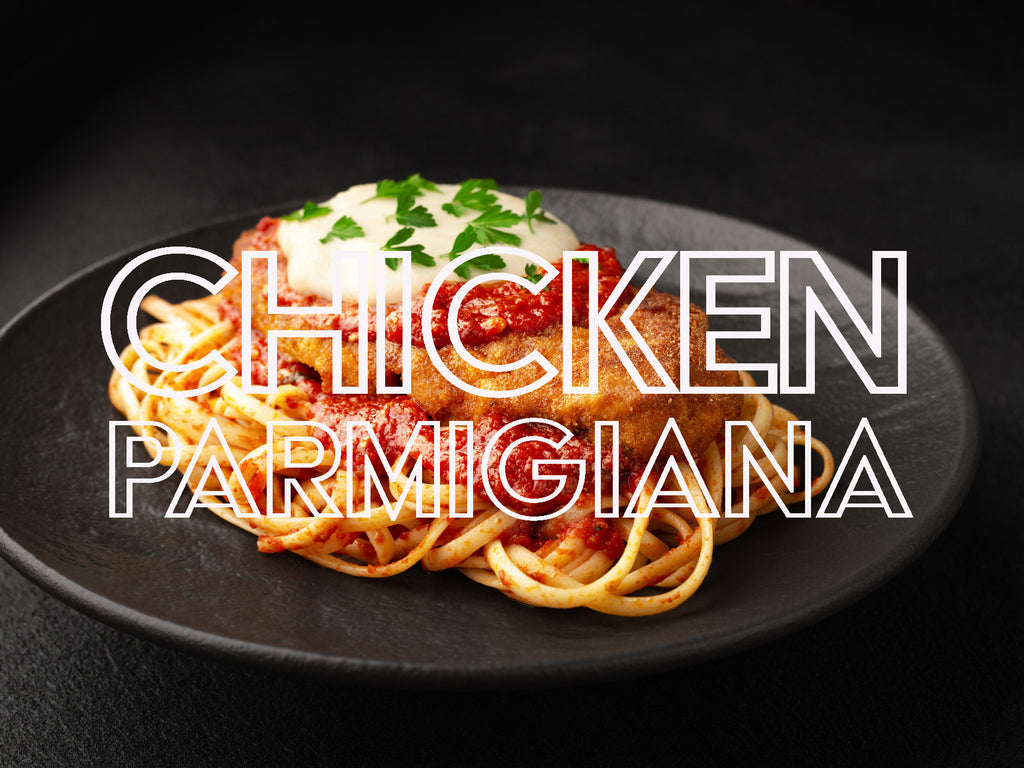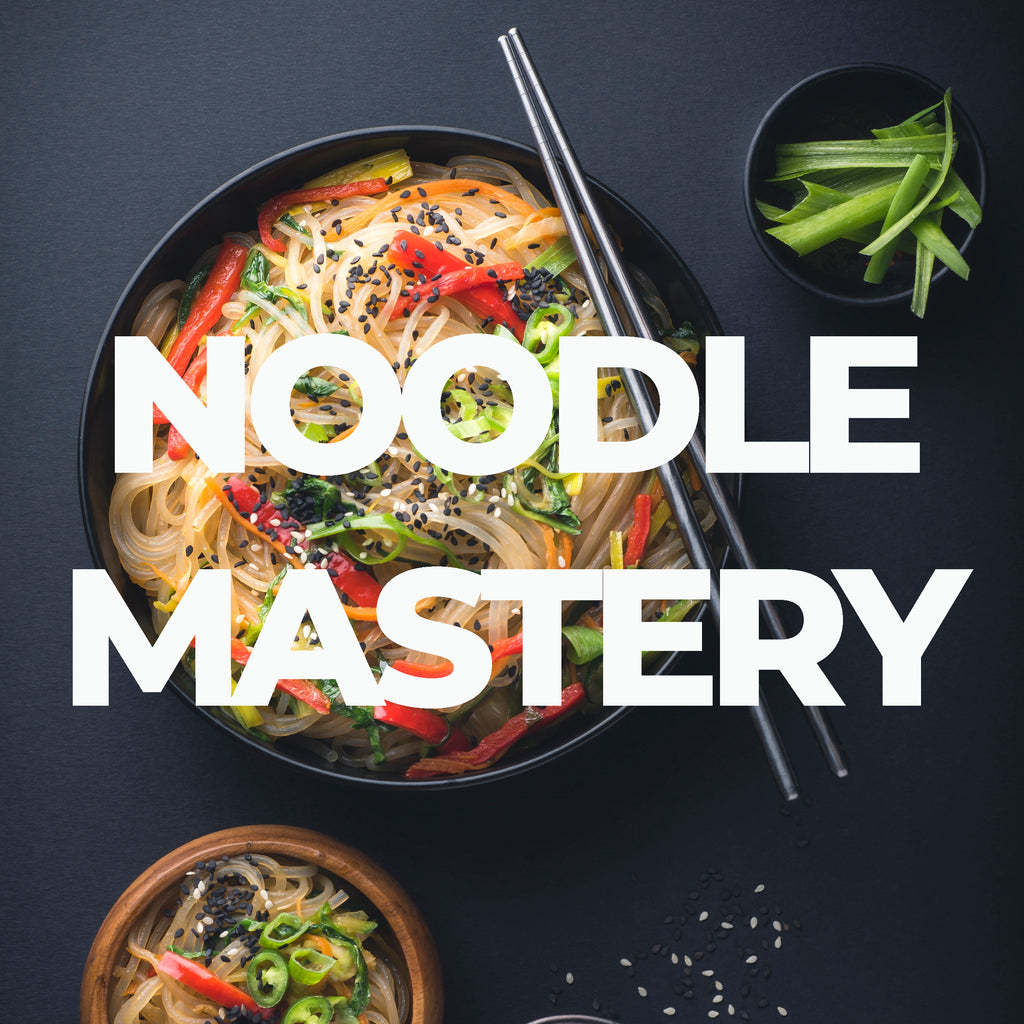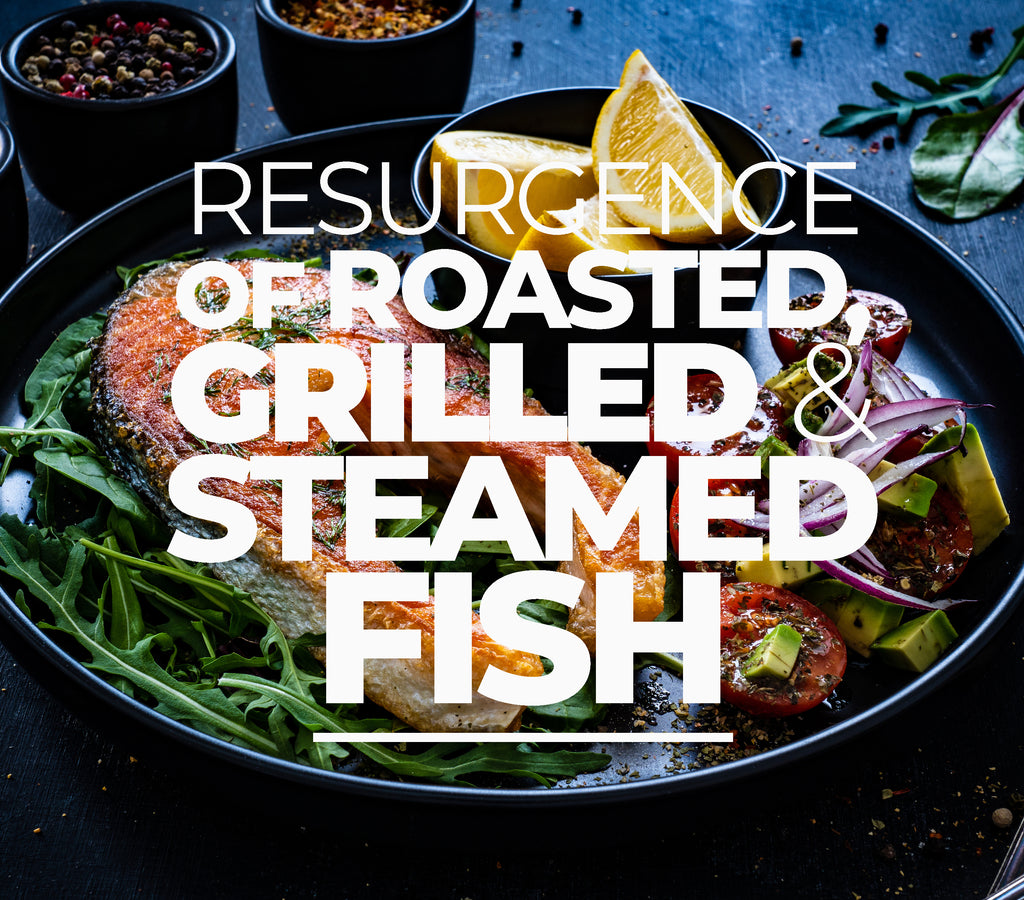Choosing the Right Pizzeria Equipment for Your Business
- Nov 25, 2018
- 0 Comments
Choosing the right equipment for your pizzeria is an essential tool for efficient operations of the business. From ovens to dough mixers, pizza pans, cutters and other tools, the options vary depending on the types of pizza being prepared as well as the volumes being made. Oven styles can range from convection ovens and conveyor styles to multi-purpose countertop ovens that use gas, electric or wood burning methods to make delicious pizzas.

Know Your Pizza
Prior to deciding on an oven and other essentials for preparing pizza, it is important to determine the types of pizza you’ll be preparing in your business. Pizza is virtually a go-to meal with the variations of crusts and toppings limited only by the imagination. Knowing the size and types of pizza being offered on the menu will help determine the type of oven to purchase, based on the production volume, and crust styles provided, since that will play a major role in cooking time and temperatures.
Choosing the Best Pizza Oven
With the array of oven choices available for cooking pizza, pizzerias can cook them to perfection every time. The selections of ovens are available in conveyor styles and deck ovens that come equipped with stone or cement decks. The deck ovens typically require more hands-on involvement and knowledge as far as properly placing the pizzas and working with the temperatures.
Deck ovens are available in electric, gas, wood and occasionally come with heat source combination options. If various staff members will be working the equipment than oftentimes the conveyor type is best, as the temperature setting and set timing requires little manpower. It is also common for pizzerias to have a combination of ovens, especially if the menu includes other options such as calzones or breadsticks.
Selecting the Right Dough Mixer
In the world of pizzeria business, dough is literally your cash cow; therefore having the right dough mixer to suit your needs is crucial. Fortunately dough mixers can also be used for sauces, cheese mixtures and other pizza toppings as well. There are two common types of dough mixers, planetary and spiral.
The spiral mixture style has one primary purpose, which is churning the dough with a hook attachment. The horsepower and sizes of the spiral mixer vary, designed to make between 50 to 250 pounds of dough. However, because of that, the spiral mixer is generally quite a bit larger than the planetary style mixer.
The planetary mixer performs just as well as the spiral mixer in regards to dough mixing ability, but it is designed for a lower volume of dough production, and is also more versatile with an assortment of attachments available for other uses. Both are good choices depending on production volume and needs.
Pizza Pans and Stones
The dough obviously has to be placed in a pan or on a stone for cooking and the following details will help you decide.
Pizza pans are available in a variety of sizes and materials that range from tempered aluminium to black iron. The tempered aluminium pan is designed for cooking pizza evenly throughout and the sides of the pan help maintain the pizza’s shape. The black cast iron pans require seasoning of the steel but the robust steel design is known for locking in the pizza flavours.
In lieu of pans, pizza stones are frequently used for uniform heat distribution as well as moisture absorption which helps create a crispy crust every time. Each style of pizza pan and stone is designed for specific temperatures and/or heat sources and each contributes to the quality of the cooked pizza crust, whether aiming for soft, crispy, thick or thin.
If your looking for pizza pans, cutters, wheels, trays, pizza grippers or ovens at discount prices, email us today with your customised query or check out the range today.











